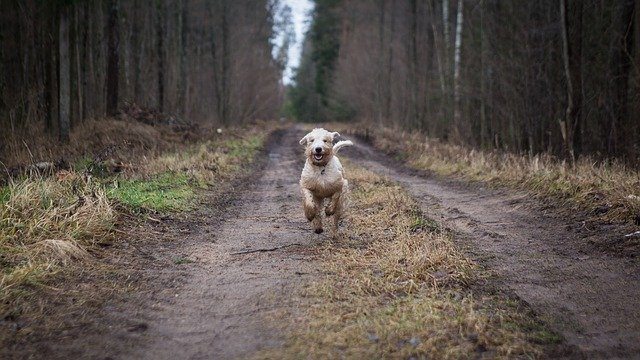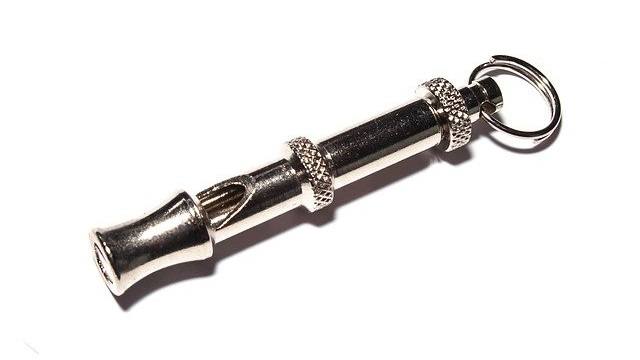Off-leash Dogs: When To Do It And How To Proceed
How tempting is it to let your buddy go off-leash on a wide and blooming field of daisies? Pretty tempting indeed. Doing it without danger for all the parts involved requires advanced training and sound judgement… And that is why we have put together a few tips and strategies for you to follow regarding off-leash dogs!
- Off-leash dogs benefit from energy-burning exercises, confidence building, and exploration freedom.
- Train recall commands at home using treats and gradually increase difficulty.
- Test obedience in a controlled environment with a long leash before full freedom.
- Evaluate the environment carefully before letting your dog off-leash.
- If your dog escapes, stay calm, avoid chasing, and use commands to bring them back.
It does have its benefits
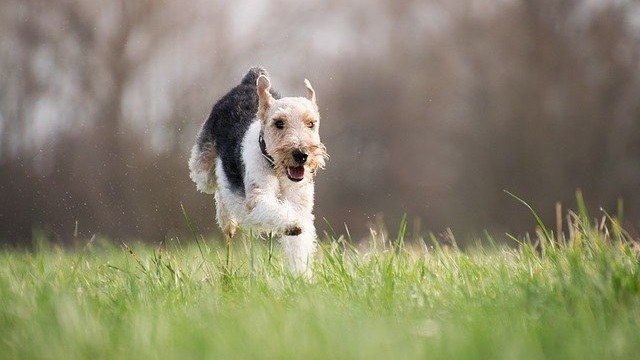
It’s fair to say that walking a dog on a leash is a way to keep them safe, whether it’s from going missing, from cars, other dogs and wildlife, people, or potential hazards like poisons that are sometimes spread in public places. This is unarguably true, but the other side of the coin is that letting dogs run free for a while also has its benefits:
- They can engage in different exercises and games that make it easier to burn energy;
- They might develop more confidence;
- They might have more freedom to explore at their own pace.
Not every pup will manage to walk freely, though. If that is your buddy’s case, do not worry! They will not be less happy or less dog-like due to that. There are plenty of ways to assure all dogs get a balanced lifestyle and the mental and physical stimulation needed to make up for the lack of off-leash walks.
Before you “release the hounds”, draw up a plan taking into consideration the following tips:
Train the recall at home

It is important to assure that your pooch will reliably and consistently come when called. Here are the first steps for proper training:
- Pick a really delicious treat that will only be used for the recall training. Start the lessons indoors, in a calm and relaxed environment.
- Move a few feet away from your dog, crouch down, and hold out your hand.
- Encourage your dog to touch your hand with their nose.
- When they achieve that, immediately give a treat and praise them.
- Repeat until they fully understand what you are asking.
- Start including a marker word to call your dog (e.g. “come” or “over here”).
- Gradually increase the distance and repeat the process.
- Slowly increase the difficulty level by adding distractions like toys, smells, noises and other people. You can also head out into your yard to test their skills.
After your pooch realizes what the drill is, avoid using the treat as an enticement. Otherwise, you run the risk of them only acknowledging your recall if you show them a treat.
Test their obedience with a long leash
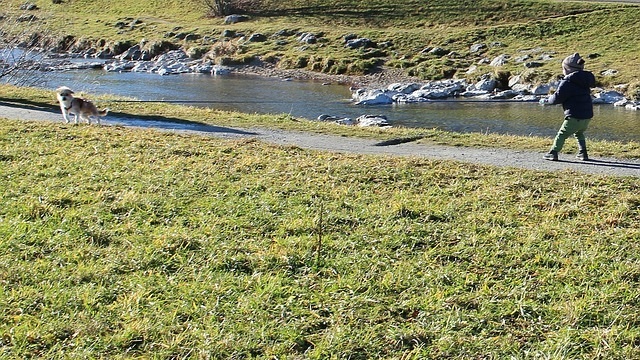
When your dog flawlessly answers to the recall command indoors, it’s time to level up! Get a long leash and take them out for a walk. Choose a wide and quiet space. It will be easier to handle the leash, and will also help your dog to stay focused, since there are less stimuli around.
Retractable leashes are not a substitute for long training leashes, and should therefore be avoided for this purpose.
Do not call your dog all the time, as they might start ignoring you. Let them explore the environment first, while guiding their behaviour and giving them some cues through the leash. When your pooch is fully relaxed and ready to pay attention to you, start the training sessions as described above.
Practice in a fenced park
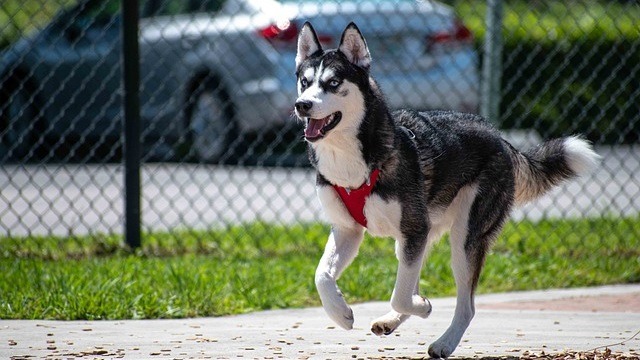
Try to find a fenced dog park or fenced private park (like a tennis court), somewhere near your home. These can be great places to test what has been learnt so far while still keeping everything under safe and controlled conditions. You will be able to assess how your dog behaves once the triggers are all over the place.
Bring lots of treats on your first trip, so your dog immediately associates parks with positive vibes. Go there as many times as needed, until you can rest assured that they will obey you no matter what comes up.
When to go off-leash
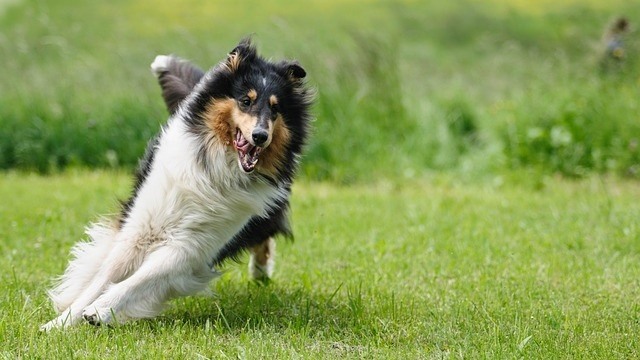
Even if your dog is fully trained and reliable, you should carefully evaluate the environment before letting them free.
For starters, off-leash dogs might be illegal in some towns or specific places. You should also avoid doing it in crowded or noisy areas, where your dog can easily be startled. Their fight-or-flight instinct can kick in, and even the most well-behaved pooch might ignore their caregiver’s recall.
Avoid letting your dog off-leash in places where visual contact can be easily lost. Learning to read other people and dogs’ signs is something you should never disregard as well. There are individuals who get annoyed, angry or frightful when they spot a dog off-leash. Some shy or reactive dogs might also feel uneasy if your dog gets nearby. That is why it is essential to acknowledge that even if your best friend is a nice pal, if they do not respect others’ personal space, then they should not be let free in public.
What to do if your dog makes a break for it

What should you do if something goes wrong?
- Keep calm and avoid shouting. If you sound fearful or angry, your dog will be less likely to come back than if you sound welcoming and excited.
- Wave the treat bag. The sound of you shaking or rustling the treat bag may help trigger their attention.
- Use your command word. Your dog knows it means a treat is coming.
- Do not chase your dog. You will only encourage them to run faster and farther away, in case they think this is now a game of chase. Worst of all, a dog who is trying to outrun someone or something will pay less attention to possible dangers like cars.
- Praise. No matter how frustrated, scared or angry you are, when your dog does come back to you, praise them and give them a treat. At this point, you are not rewarding them for taking off, you are rewarding the fact that they came back!
Off-leash dogs: a side note

Update ID Tags and Microchip Information. You should always have up-to-date ID information of your dog. You absolutely must get this in order before even thinking about going off-leash. If your dog gets lost, ID tags and microchips are your best shot at reuniting with them.
Off-leash dogs demand a high level of expertise and social skills that should not be brushed aside. Proceed only when you are completely sure and never base your decision on an “I know my dog” argument. Dogs have free will and letting them off-leash is always risky. It’s best to not take any shortcuts when it comes to the learning process! You will be rewarded in the end, when both you and your best friend can enjoy that luxurious field of daisies.
Maven is all about proactive pet care. Be your best friend’s best friend by giving them 24/7, high-quality, industry-leading vet care to improve their mental health, physical health and more. No more frantic googling or unneeded stressful visits to the vet – Maven helps you save hundreds while also ensuring your pet lives the best life possible. Get your kit now!

